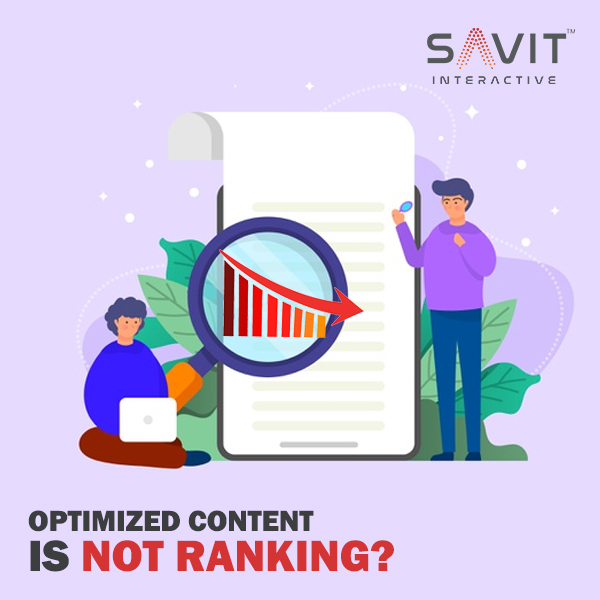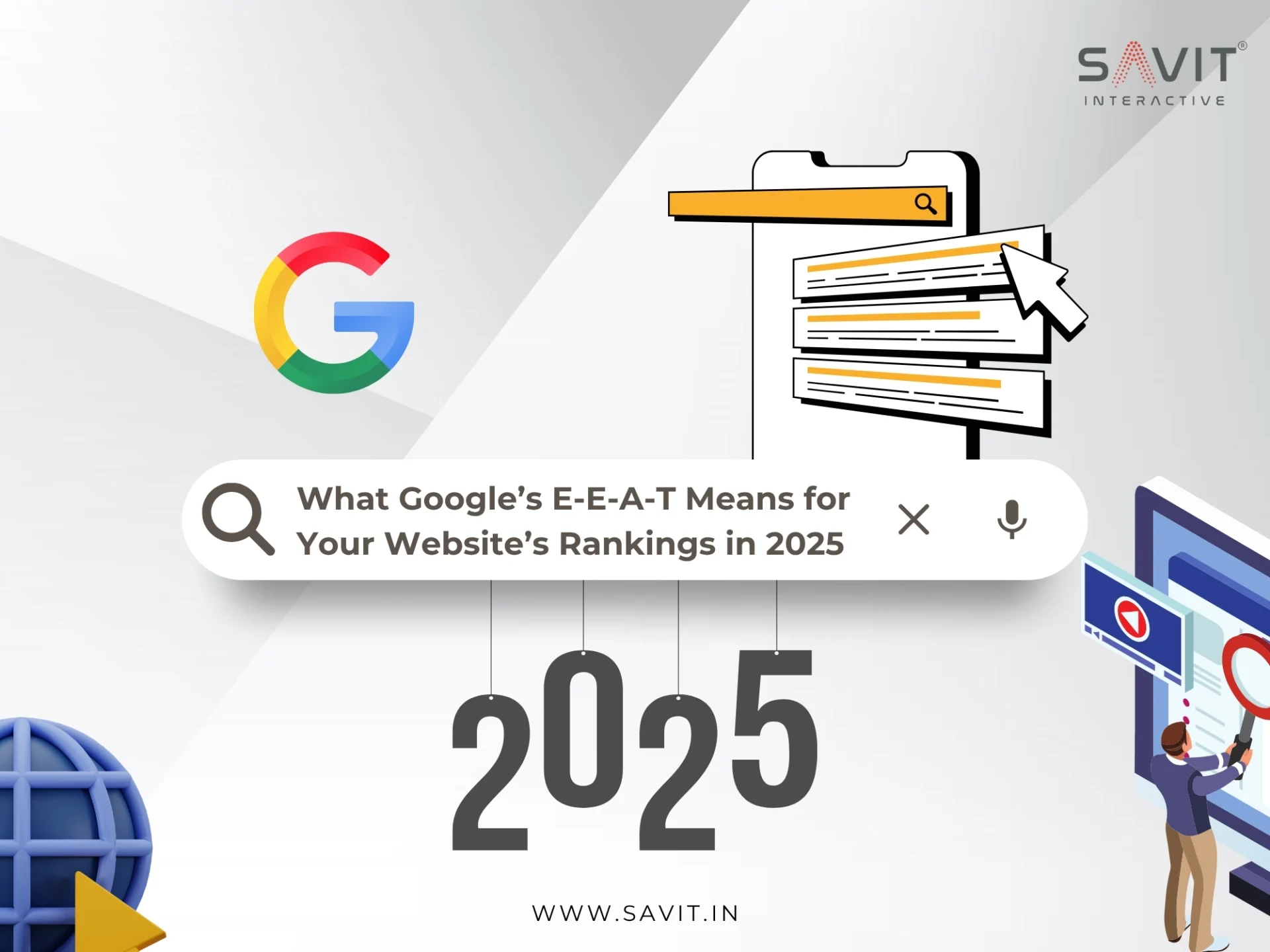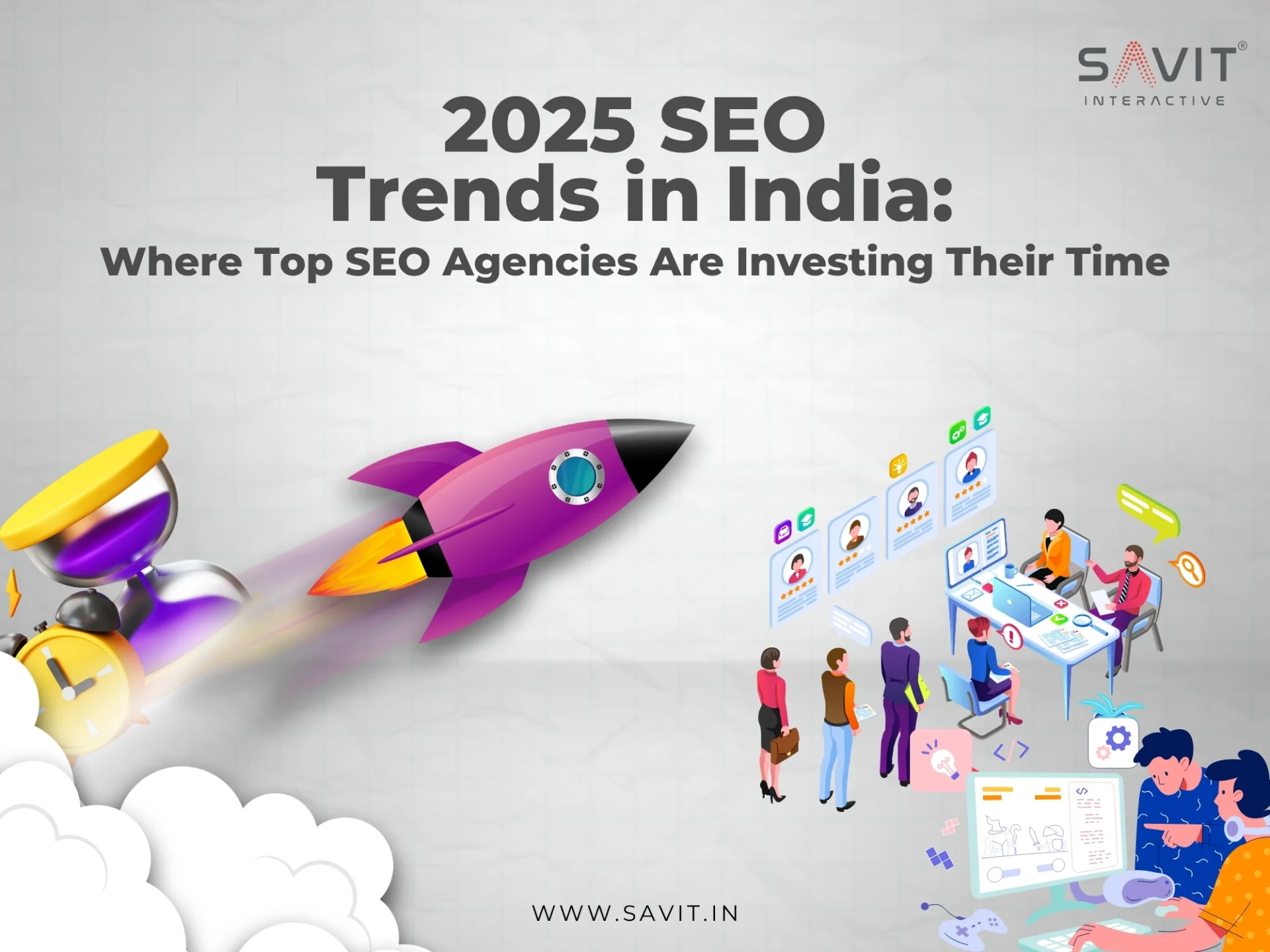It happens with businesses all the time. They load their website with amazing content but still find very less traction to their website. Or, their content is just not able to create enough curiosity towards their website. Sometimes, even website optimization proves inadequate to improve website performance on search engine rankings. So, let us check out what are the different factors that affect the ranking of your content.

1. Extreme competition in your domain
Some businesses may find it easier to rank their websites higher while some others struggle to get noticed. This happens mainly due to competition. Some sectors are less competitive while some sectors find the fiercest competition. For instance, a digital marketing agency has many competitors because the internet is their main domain of business. So much so that new competitors pop up every month. On the other hand, an offshore rig construction company may not find that sort of competition in the online space because there are fewer competitors and most of them are busy building offshore rigs of oil companies.
Quick fixes
So, yes, markets can be competitive, but that doesn’t mean you will concede to the competition. It simply means that you have to up your game even more; to focus on your content activity even more. Put that extra effort to create something your audience has never seen before. Like wonderful infographics, unseen pictures, engaging video or even engaging written content that provides the needed information to your visitors. In the competitive space, the room for error is very less, so make the optimum use of your resources.
2.Technical issues with the website
Sometimes technical issues hamper the user experience and may cause the visitors to ‘bounce’ back onto SERP pages to find better solutions. This is referred to as bounce rate. And that’s not a good sign, especially when the bounce rate is higher. It shows that the user could not find what they wanted despite the site being the most appropriate for their search. This may happen if the site looks disorganized or takes longer time to load or it doesn’t provide better navigation to the user.
Quick fixes
The best way to fix this problem is by providing a clean map for navigation. And make it more organised and less cluttered. Fill your site with only the most relevant details and try to make it as engaging as you can. Remember, most people access searches on their mobile. So, your website should be mobile-friendly. If your website doesn’t fully open within 5 seconds on the handset, then you’ve lost the match. Thus, your technical fixations should aim at a seamless mobile activity.
3.Inconsistency with content
You may have created quality content for your website, but, of late, you’ve stopped updating it periodically. As a result, your content has become old with outdated content, which hugely lags behind the fresh web pages with the most recent and relevant content. As important it is to create content it is even more important to improve the content consistently and make it relevant with the rapidly changing dynamics of the digital world.
Quick fixes
Consistency is key to success in any field and digital marketing is no exception. Create a content plan and stick to it despite the trends. The audience is in regular need for new updated information. And, if you can provide them with new information every time they seek, you will be able to engage your audience with your website. And they can become your prospects. Try to update your information once or twice every week. Rather than the quantity, focus on the quality of your content.
4.Fail to leverage social media signals
You have posted your content on social media. It is generating activity from users. And what after that. Suddenly you stop posting any new content or you don’t continue your social media marketing activity with the same vigour. As a result, you miss out on the social media interest that was generating towards your business and fail to leverage those user activities to convert them into your prospects.
Quick fixes
The best way to make the most out of social media is by creating an elaborate 12-month content plan. According to social media experts, the average lifespan or the average activity time of a link on the social network is only 3 hours. This means that in such a short time, most social media users, including your friends and followers are likely to miss the link you posted. So, create a proper content calendar for social media. Include strategies for social media content optimization, such as SEO friendly title ideas, tags and blog categories, suggested links, meta descriptions and meta keywords, as well as sample social media posts.
5.Improper interlinking structure
Absence of interlinking structure is one of the prominent reasons why your website fails to show up among the top search results. A visitor will feel lost in a website that doesn’t have proper interlinking structures to guide the visitor to the information they are seeking. Plus, the absence of links or structure will further confuse the visitor as to what to do and where to go after landing on the website.
Quick fixes
It’s simple, add those links! Internal linking structures on your website, help to keep your audience engaged onto the website by feeding them with more and more of the stuff they want. Make it a point to add more internal links to some of your most important posts and pages to keep your audience engaged to your website. Add it up with proper related links to boost user experience. After all, these interlinks and structures are an integral part of your SEO strategy. If you don’t add internal links, you fail the purpose of SEO strategy.
6.Your website is not indexed with Google
The “No Index” tag is essentially a set of codes that are injected to some of the pages of the website to prevent search engines from crawling in into your website for information. And, hence, your website won’t be found among the rankings on search engines. These tags are mostly used by developers during the creation process of the website. Usually, these tags are removed before the website goes live. Sometimes, there are some cases wherein the developers forget to remove the tags, thus, hampering the performance of the website on search engines.
Quick fixes
Indexing is the best way to allow search engines to crawl in your website in a controlled manner. It is a great way to allow them access only to the web pages that you want to publish to the public on Google search. So, if you don’t find yourself on search engines, go to your content management system and remove the “No Index” tags for the web pages that you want to display on search engines.
There are different reasons why your content won’t rank even if it is optimized. Most of the time it can be attributed to fierce competition in your domain or a slow and unstructured website. SEO, however, is a long term strategy, so you need to be patient after all the hard work you put in, and the result will undoubtedly show. Focusing on these key pointers will help you find better visibility among the search engine results.



